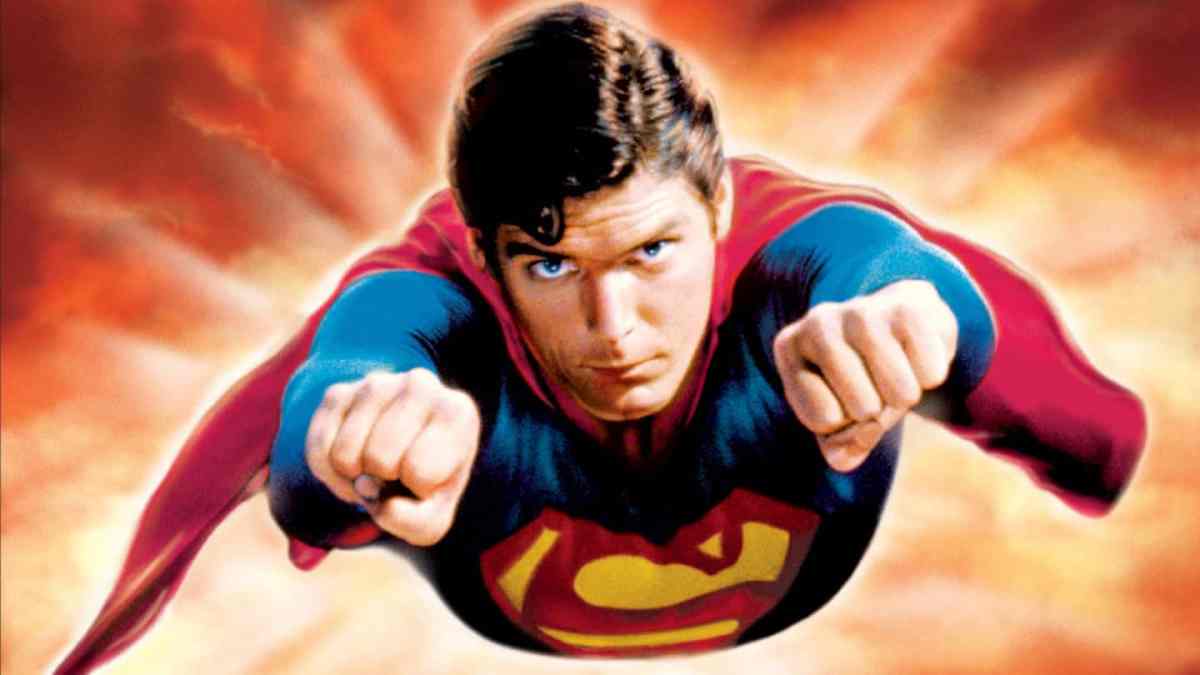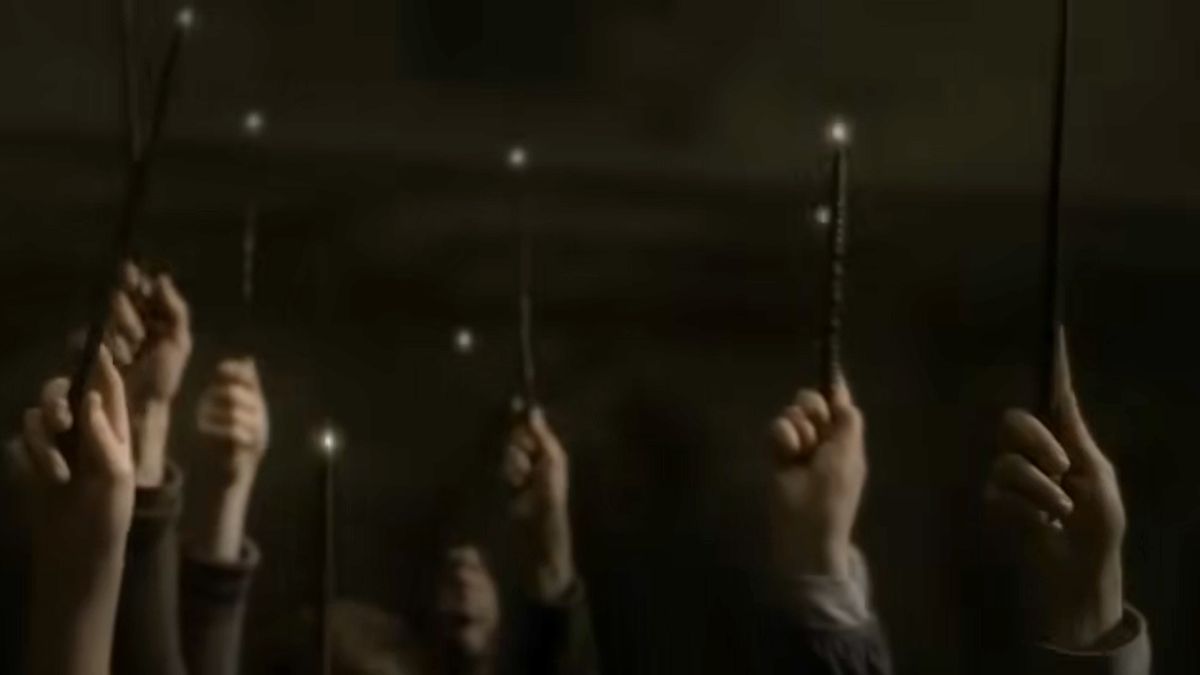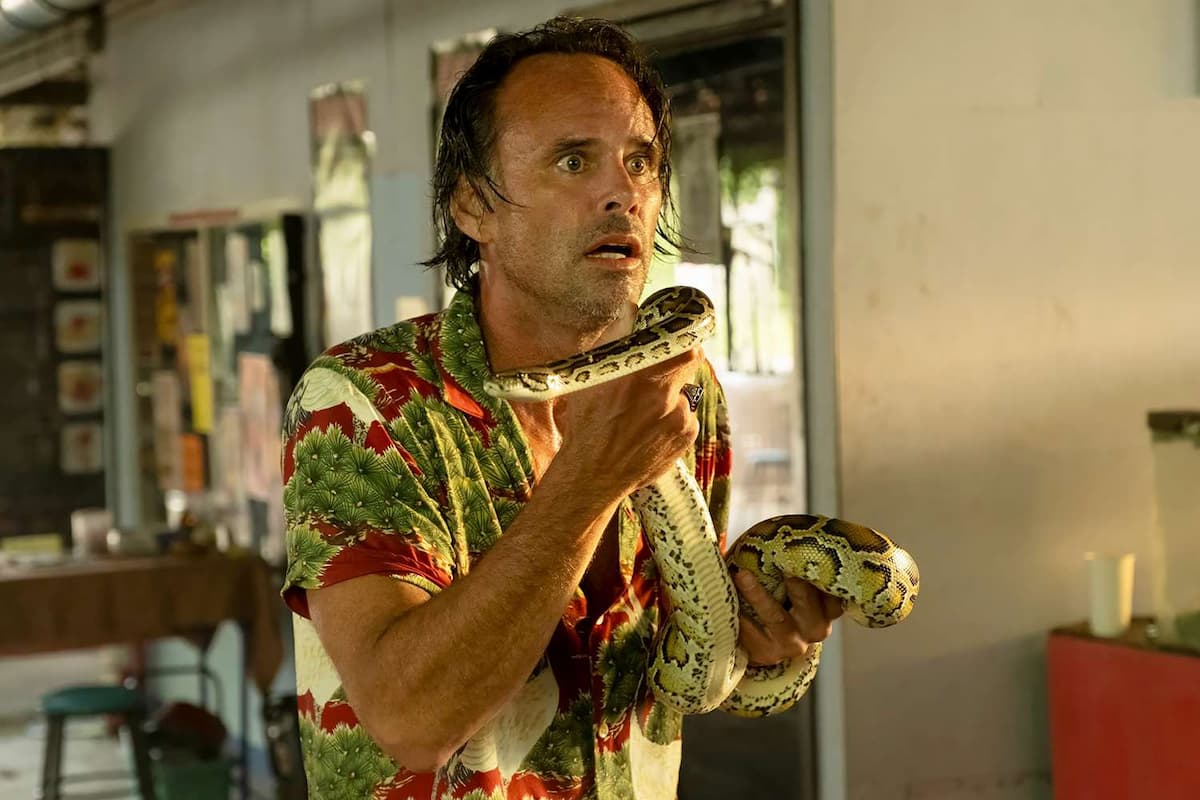This article contains spoilers for all versions of both Superman II and Justice League, and for the (as yet) single version of Man of Steel.
As strange as it might sound, Superman II is the foundational text of the DC Extended Universe. It is also the Rosetta Stone through which the arc of the DCEU might be best understood.
Superman is one of the most iconic pop culture properties in the world. Richard Donner’s take comprises one of the most influential and iconic iterations of the character. As such, it makes sense that any adaptation of the Superman mythos will exist in the shadow of Richard Donner’s Superman movies. However, one of the big criticisms of Zack Snyder’s Man of Steel from certain quarters was that it was “not really Superman” or “a deliberate trashing of the character of Superman.”
This is interesting. In many ways, Man of Steel is a remake of Superman II. This is most obvious in the casting of General Zod (Michael Shannon) as the movie’s primary antagonist. Before the release of Superman II, Zod was just one of an assortment of Kryptonian criminals from the Phantom Zone — no different from Jax-Ur, Nam-Ek or Roz-Em. Zod had appeared a few times before his screen debut in Richard Donner’s Superman, but much less frequently than Lex Luthor, Brainiac, or even Jax-Ur.
Much like the Riddler arguably exists within the Batman canon as an ambassador for the classic 1960s television show, Zod is a representative of the Richard Donner Superman movies. For decades after Superman and Superman II, the comics struggled to integrate Zod into Superman’s rogues’ gallery, with the character becoming a continuity snarl until writers Richard Donner and Geoff Johns properly reintroduced “the iconic General Zod everyone knows” in their Last Son of Krypton arc.

Even beyond the inclusion of Zod, Man of Steel made a point to carry over a lot of elements from Superman II. Some of these details are small, such as the merging of the Kryptonian codex with Kal-El (Henry Cavill) in Man of Steel recalling the merging of the artificially generated Jor-El (Marlon Brando) with his son (Christopher Reeve) at the climax of Richard Donner’s film. Kal-El’s confrontation with a trucker (Ian Tracey) in Man of Steel evokes a similar sequence in Superman II.
However, the parallels are most obvious at the climax of the two films. Superman II finds Superman facing down General Zod (Terence Stamp) in Metropolis. It is notable as the first real attempt to depict urban devastation in the cinematic superhero genre. Zod and Superman smash through walls, hurl each other into buildings, brawl on construction sites, blow up cars, and throw heavy vehicles at each other.
Man of Steel mirrors this climax in its own confrontation between Superman and Zod in Metropolis. Many of the beats of the fight are pointedly similar to those in Superman II: They smash through walls, hurl each other into buildings, brawl on construction sites, blow up cars, and throw heavy vehicles at each other. These parallels are not accidental; they are a statement of intent. The only difference is that Man of Steel presents this imagery as nightmarish and monstrous.
The violence in Superman II is innocent and naive. It differs significantly from the language of modern cinematic urban devastation in that it draws most heavily from the natural disaster movies that were prominent at the time — movies like Meteor or Earthquake. This tracks: Lex Luthor’s (Gene Hackman) big evil plan in Superman was a series of earthquakes, and a lot of the Battle of Metropolis was actually directed by Richard Lester, the British filmmaker responsible for Juggernaut.

The audience is invited to thrill at the urban devastation in Superman II because it exists at a level of abstraction for American cinema. There had been horrific scenes of urban devastation during the Second World War in foreign cities like Dresden or Hiroshima, but they existed at a remove for American audiences. However, by the time that Man of Steel was released, it was impossible to filter those images of destruction through any lens but that of the footage of the 9/11 terrorist attacks.
To be clear, this isn’t just Man of Steel. Superhero movies have spent well over a decade recreating 9/11 on film, from The Avengers to Thor: The Dark World to Avengers: Age of Ultron. Man of Steel just goes further than other examples, properly contextualizing these depictions of urban devastation within the genre’s history. The goal is to make the audience uncomfortable with something that they had never really questioned — and perhaps even celebrated — when it happened at a distance.
This is particularly obvious with the death of Zod in Man of Steel, when Zod forces Superman to snap his neck. For many fans — including writer Mark Waid — this was a moral event horizon. Superman shouldn’t kill, some fans argued. This conveniently ignores the fact that Superman threw Zod to his death with a smile and salute in the theatrical cut of Superman II. The only real difference between Superman II and Man of Steel is that Man of Steel asks its audience to sit with that discomfort.
After all, Superman II and Man of Steel open with Zod and his followers confined to the formless Phantom Zone. There is no court of appeal or prospect of release, just “eternal living death” in “the eternal void.” As with a lot of Man of Steel, this reads differently in the context of the War on Terror. Zod calls the Kryptonian High Council out on their hypocrisy. “You won’t kill us yourself! You wouldn’t dirty your hands, but you’ll damn us to a black hole for eternity!” He’s not wrong.

Man of Steel positions itself as an aggressive rejection of nostalgia. Zod’s ultimate plan is to use the Kryptonian World Engine on Earth “so that Krypton can live again.” Like Ares (David Thewlis) in Wonder Woman, Zod plans to restore a mythical golden age by destroying the present and retreating to the past. Ignoring the obvious political subtext, it is also a strong argument for the way in which Man of Steel interrogates rather than embraces nostalgia for Superman II.
There is a good reason why Man of Steel needs to so aggressively deconstruct Superman II. For decades, Superman II was the defining cinematic adaptation of the character — the last “good” Superman movie. It exerted a gravity that pulled all subsequent iterations towards it. Superman Returns is a prime example, existing as a much belated sequel to Richard Donner’s Superman and Superman II, slavishly devoted to recreating the aesthetic and continuing the plot threads.
Superman Returns is a much more nostalgic film than Man of Steel, and there are murmurings of a critical reappraisal. However, as much as Superman Returns takes care to accurately recreate the costume from Superman and Superman II, its uncritical embrace of nostalgia leads the narrative to unquestioningly develop a number of deeply uncomfortable plot elements from Superman II to turn Superman (Brandon Routh) into a deadbeat dad and a stalker — and a possible date rapist.
However, the DCEU’s relationship to Superman II evolves over time. If Man of Steel is a rejection of the parts of Superman II worthy of interrogation, Justice League embraces what remains. This feels somewhat appropriate, given how the production of Justice League mirrors that of Superman II. In both cases, the original director departed the project and a butchered theatrical version was released, only for that director to return years later to realize their vision with studio support.

Justice League borrows several cues directly from Superman II. Early in Superman II, a bunch of generic terrorists seize control of the Eiffel Tower, planning to detonate a devastating bomb that Superman defeats by throwing into the atmosphere. Early in Justice League, a bunch of generic terrorists seize control of the Old Bailey, planning to detonate a devastating bomb that Wonder Woman (Gal Gadot) defeats by throwing into the atmosphere.
The other major parallel arrives at the climax of the film. Richard Donner’s cut of Superman II ends with Superman realizing that the only way to fix things is to fly around the world so fast that he literally turns back time, in a move that makes no sense outside of comic book logic. (Even the Muppets struggle to understand it.) At the end of Justice League, the Flash (Ezra Miller) employs a very similar maneuver to defeat Steppenwolf (Ciarán Hinds), traveling so fast that he literally rewinds reality.
As such, Man of Steel and Justice League feel like a meditation on the legacy of Superman II and what that movie meant for superhero cinema. Man of Steel is a movie about acknowledging the limitations of Superman II, of understanding that its power fantasies and action beats have evolved in complex ways in the decades since the movie was originally released and that this needs to be acknowledged before the genre and the character can move onwards.
However, Justice League is then a celebration of what remains of Superman II once those aspects of the movie are interrogated. There are no serious nods to contemporary politics. Unlike Superman II or Batman v Superman, there is no cameo from the president of the United States. The “reactionary terrorists” at the start of Justice League have no recognizable political affiliation, but are instead an abstraction of the idea of terrorism — just as Darkseid (Ray Porter) is an abstraction of the idea of fascism.
Taken as a whole, the films in the DCEU offer an introspective and thoughtful exploration of Superman II. While Man of Steel understands that the reality of Superman would be a terrifying prospect in anything resembling the real world, Justice League contends that the idea of Superman is where the real power lies.














Published: Mar 16, 2021 6:15 PM UTC